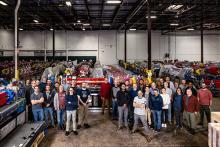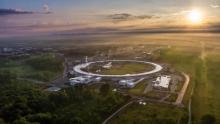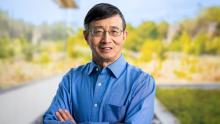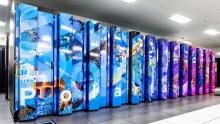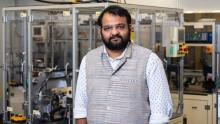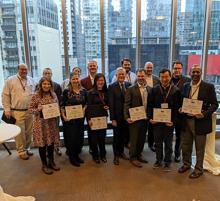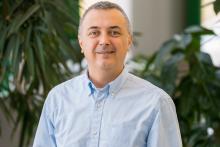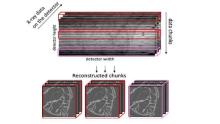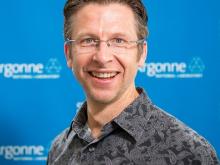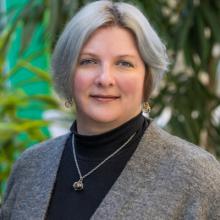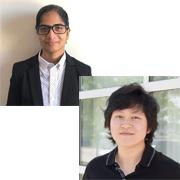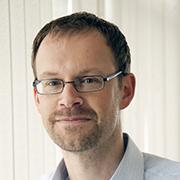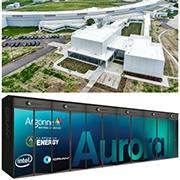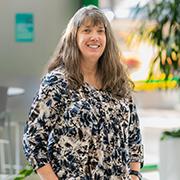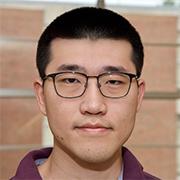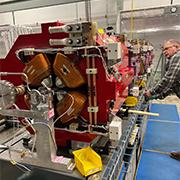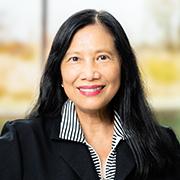
The Advanced Photon Source
a U.S. Department of Energy Office of Science User Facility
News Feed - APS/User News
The team assembling the new electron storage ring for the Advanced Photon Source (APS) has achieved a significant milestone with the completion of their 100th module. The new storage ring, which will be installed as part of the APS Upgrade project, will be made up of 200 modules, each one containing several powerful electromagnets (each carefully aligned with one another), a complex vacuum system and various electrical and cooling systems.
The Advanced Photon Source will hold a hybrid workshop to explore ideas for potential first experiments at the POLAR beamline. This workshop will be held in person at the APS on Wednesday, June 28, 2023, from 9:00 to 17:00 CT. The workshop will also be streamed live, and remote attendees will be able to participate in discussions.
With the start of the construction period, the Advanced Photon Source is now only a year away from re-emerging as a world-leading X-ray light source. Its brighter beams will lead to new discoveries in energy storage, materials science, medicine and more.
Cai from Argonne’s X-ray Science division recognized for his commitment and advances in beamline science, most notably X-ray diffraction.
With the combination of Argonne’s supercomputer, Polaris, and the powerful X-ray beams of the Advanced Photon Source, the future of science is ultrafast
Marm Dixit, a Weinberg Distinguished Staff Fellow at Oak Ridge National Laboratory, was nominated for his work on imaging techniques for solid-state batteries.
Two X-ray Science Division group leaders, physicist Suresh Narayanan and principal computer scientist Nicholas Schwarz, have completed the Strategic Laboratory Leadership Program (SLLP).
As the APS Upgrade’s supply chain coordinator, Stankovik conducts detailed planning and forecasting to ensure all the materials are in place.
Argonne National Laboratory has partnered with SLAC National Accelerator Laboratory and Brookhaven National Laboratory to develop a common platform for the submission and management of user scientific proposals.
Scientists at the Advanced Photon Source are exploring ways to analyze X-ray data faster and with more precision. One new software package called TomocuPy has shown to be up to 30 times faster than the current practice.
The Department of Energy (DOE) has highlighted XSD physicist Volker Rose, recipient of a 2012 Early Career Award, on the DOE website. The article focuses on his X-ray microscopy research since receiving the award.
As the environment, safety and health lead for the APS Upgrade, Freedman knows that the most important part of the project is the people who make it happen.
The APS/CNM Users Meeting will feature plenary sessions, workshops and trainings, a poster session, and more. The program will be virtual, with the exception of an in-person symposium and banquet.
Anakha Babu and Yanqi (Grace) Luo, postdoctoral appointees at the U.S. Department of Energy’s Advanced Photon Source, are two of nine postdocs to earn an Argonne National Laboratory 2022 Postdoctoral Performance Award.
Stefan Vogt of the U.S. Department of Energy’s Advanced Photon Source has been selected as 1 of 3 Argonne National Laboratory researchers to participate in the DOE’s Oppenheimer Science and Energy Leadership Program.
Argonne’s Aurora supercomputer and upgraded Advanced Photon Source will be powerful tools for discovery. Together, they’ll form a scientific super merger: The combined data collection and computing power will advance discovery time and unlock new science.
As a safety systems interlocks engineer, Anne Boron oversees the safety of researchers at the Advanced Photon Source.
Xuanyi Zhang of North Carolina State University is the first-place winner of the 2022 APL Materials Excellence in Research Award competition for a paper based on research at the Advanced Photon Source.
Assembling the new storage ring for the Advanced Photon Source is like putting a puzzle together.
Looking for a role that could let her creativity and innovation shine, Maria O’Neill joined the U.S. Department of Energy’s Argonne National Laboratory as a mechanical designer in 2013. Now she's designing vacuum-related components for the major upgrade of the Advanced Photon Source at Argonne.
